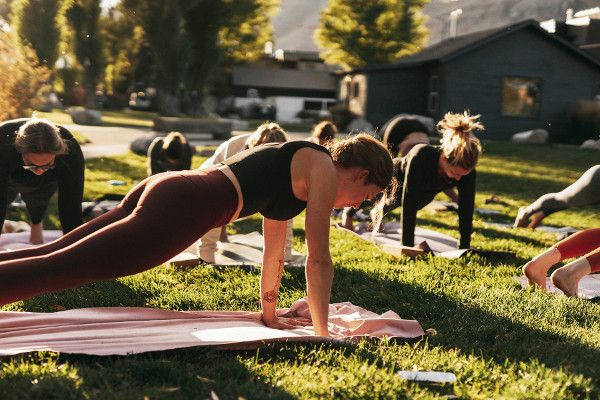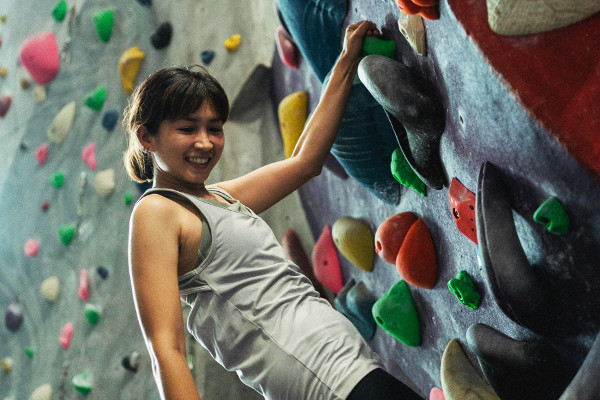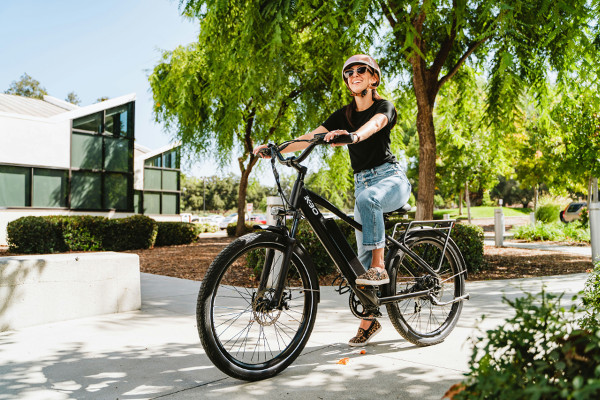How to Start and Thrive When Trying a New Sport: A Practical Guide
Trying a new sport can feel both exciting and daunting, like stepping into unfamiliar territory filled with possibility. Whether you’re drawn by curiosity, health, or the joy of movement, this guide is here to gently walk you through the journey. From finding the right sport and gear, to embracing beginner’s courage and staying motivated, each step offers a chance to reconnect with your body and spirit. Let’s explore how to begin with openness and care, turning hesitation into confidence and growth.
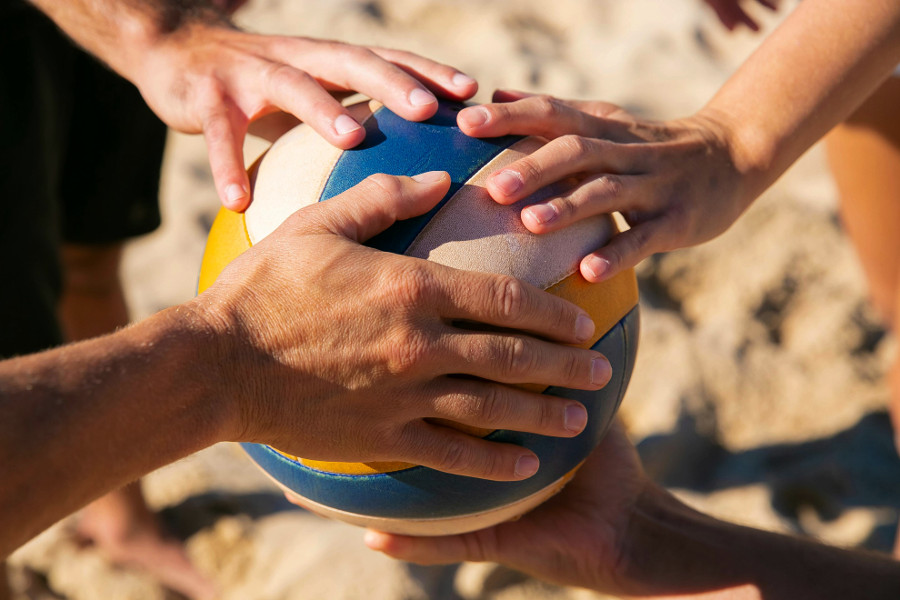
How do I choose the right sport for me?
Choosing a sport isn’t about performance or prestige – it’s about connection. Just like some people feel drawn to the quiet rhythm of hiking through woods, others might feel at home chasing a ball across a field or moving in sync with music. The key is to listen to yourself. What kind of movement excites you? What setting feels natural? A loud gym or a silent pool? A solo effort or a shared team spirit? We often overlook the fact that joy is a far better motivator than pressure. Don’t be afraid to experiment. Try different activities, go to a trial class, borrow a racket or a bike. You’ll know you’ve found the right one when it doesn’t feel like a task – it feels like coming home to yourself.
What gear or equipment do I need to start?
The idea of starting a new sport often brings up a big question: what do I need to begin? But here’s the truth – most sports don’t require much to get going. A comfortable pair of shoes, clothes that let you move, maybe a ball or a mat. That’s it. The industry may try to convince you otherwise, but simplicity is your ally. Borrow, rent, or explore secondhand options. Invest slowly and with care. What matters most isn’t owning the most expensive gear – it’s the act of beginning. Over time, as your love for the sport grows, so will your sense of what’s worth adding. Start small. Start now. Let the experience – not the equipment – be your guide.
How do I assess my current fitness level before starting?
We often think of fitness as a number – a distance, a weight, a time – but really, it’s a feeling. How do you feel after walking up a flight of stairs? Can you bend easily, or do your joints resist? These gentle self-checks are more than enough to understand your current state. You don’t need a lab or a trainer to begin. Just pay attention. Do a few push-ups, stretch your arms, take a brisk walk. Let your body speak. And if you haven’t moved much lately, that’s okay. Every journey has its first step. The goal isn’t to measure or compare. It’s to reconnect. To gently ask your body where it is now, and where it might like to go next.
Do I need prior experience or skills to begin?
There’s something beautiful about beginning as a beginner. In a world that so often values expertise, we forget the quiet power of starting fresh. You don’t need to know the rules, the moves, or the lingo. You only need curiosity. Every athlete, no matter how skilled, once stood where you are. And the truth is, most sports welcome newcomers with open arms. That first clumsy serve, missed shot, or awkward stride – they’re not failures. They’re milestones. So, give yourself permission to be a novice. Allow yourself to learn, to stumble, to laugh. In the end, experience grows not from knowing in advance – but from doing, trying, and coming back the next day.
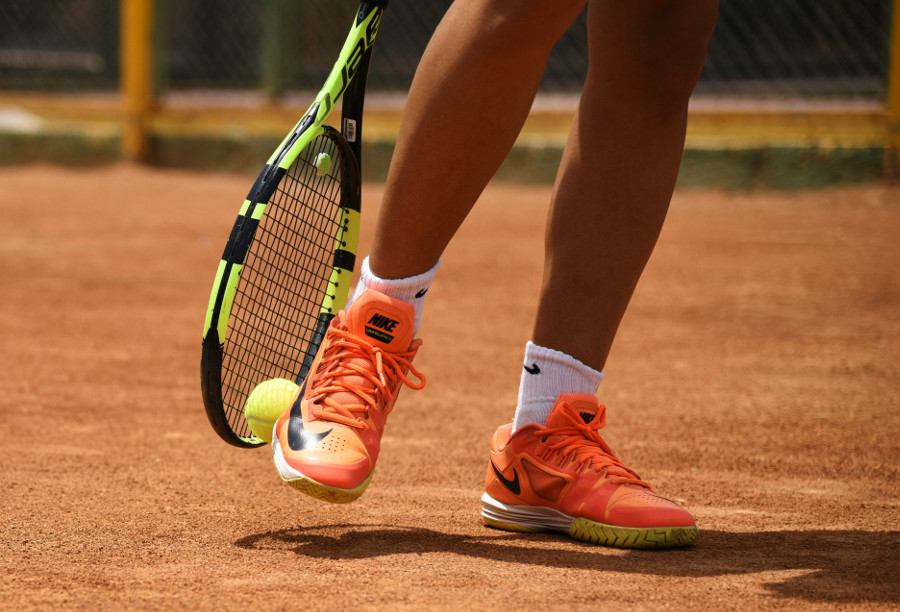
What common injuries should I watch out for and how can I prevent them?
Injuries are the body’s way of asking for gentleness. Sprains, strains, sore joints – these are messages, not punishments. The good news? Many can be avoided with a bit of care. Warming up before you move, cooling down afterward, staying hydrated, listening to fatigue. These simple habits are acts of respect – for your body and your journey. Most injuries come not from movement itself, but from rushing, forcing, ignoring. So take your time. Use proper gear. Learn the correct form, even if it’s slower. Build up gradually, like a tree growing towards the sun. Let your body adapt in peace. This way, your sport becomes not a stressor, but a source of strength and resilience.
How much time should I dedicate each week to progress?
There’s a rhythm to progress, and it doesn’t have to be loud or fast. Even two or three sessions a week, thoughtfully done, can carry you far. You don’t need to train like a professional. What matters more is consistency – the quiet commitment to show up, again and again. Half an hour here, an hour there, done with care and presence, is more than enough to begin seeing change. Let your body guide you. Rest when needed. Move when you feel ready. Progress doesn’t demand perfection. It asks for patience. In time, what felt difficult will begin to feel natural. Not because you forced it – but because you returned to it, gently, again and again.
How can I stay motivated while learning something new?
Motivation isn’t a switch we flip – it’s a flame we tend. It flickers, it fades, it flares up unexpectedly. The secret is to keep feeding it small joys. Celebrate little wins – a longer jog, a steadier balance, a smoother stroke. Let yourself feel proud. Surround yourself with stories and people who remind you why you started. Create a playlist, take photos, track your progress in a journal. Some days, your body leads. Other days, your mind must carry you. That’s okay. This is how we build something lasting – not through pressure, but through care. And if you miss a day? Return the next one. What matters most is not intensity, but returning. Always returning.
Is it too late to start as an adult or older person?
We are never too old to begin again. In fact, starting something new later in life often comes with unexpected gifts. We bring patience, self-awareness, and a deep appreciation for what our bodies can still do. The pace may be slower, but the joy is no less vivid. Many sports welcome people of all ages – yoga, swimming, walking, dancing. What matters is not your age, but your openness. Your willingness to move, explore, and grow. The world will always make space for those who choose to begin. So don’t let numbers define your limits. Let curiosity lead. Let joy be your compass. And watch how your life opens in return.
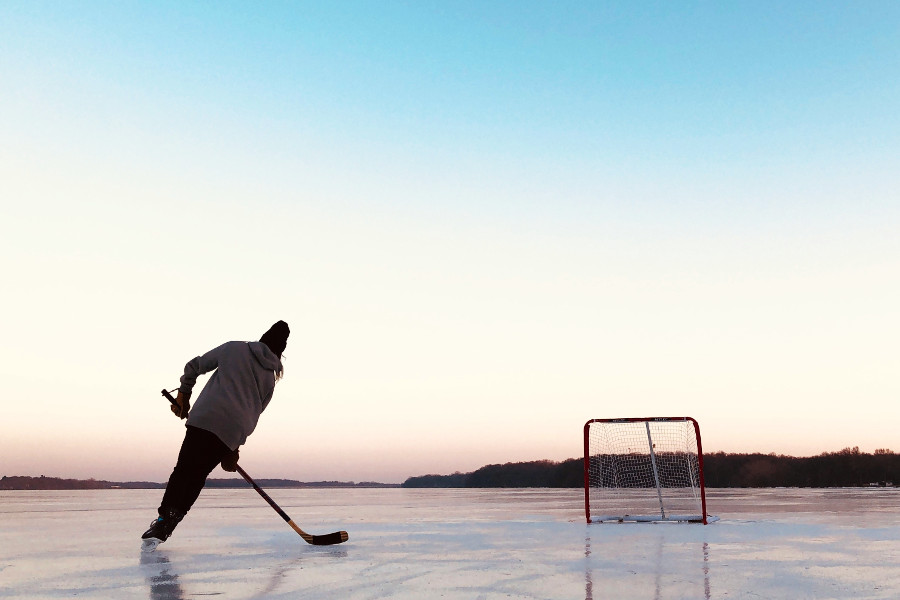
How do I find a community or teammates to practice with?
Connection makes movement richer. Finding others who share your interest can transform a sport from a solo effort into a shared rhythm. Start close to home. Local community centers, gyms, or parks often host beginner classes. There are online groups too – spaces where people connect over a shared desire to move, grow, and encourage. Don’t be afraid to show up, to introduce yourself, to say, “I’m new.” You’ll be surprised how many are on the same path. Practicing with others brings laughter, accountability, and support. It turns struggle into shared effort, and victory into shared celebration. In a world that often feels isolating, finding a sports community is a gentle reminder: you don’t have to do this alone.
What is the expected cost (equipment, fees, travel)?
One of the myths about starting a new sport is that it has to be expensive. But the truth is, many forms of movement are beautifully accessible. Walking, running, bodyweight training – all require little more than your own commitment. For others, like cycling or skiing, costs can grow, especially when equipment and travel are involved. Still, there are ways to keep things manageable. Start with basic gear, seek out secondhand options, or borrow before you buy. Many community centers offer low-cost classes or free trials. It’s not about having the best equipment – it’s about finding what works for you. Begin where you are. Let your investment be thoughtful, not rushed. Let it grow, as your love for the sport does.
How long does it take to get competent or see results?
Competence is not a finish line – it’s a feeling. A moment when something that once felt foreign begins to feel familiar. For some, this comes in weeks. For others, in months. But it comes. Usually slowly, and then all at once. You notice your breath lasts longer, your movements flow more easily, your confidence grows. There’s no exact timeline, and that’s okay. The process isn’t linear. Some days will feel like progress. Others, like setbacks. But both are part of the journey. If you show up regularly, with care and curiosity, change will come. Quietly at first. Then more clearly. And one day you’ll look back and realize: you’re not just learning a sport – you’re becoming someone new.
How do I overcome fear, embarrassment, or lack of confidence?
These feelings – fear, embarrassment, doubt – they are part of starting anything new. They are not signs to stop, but signs that you care. That you’re stretching into something unfamiliar. The answer is not to fight them, but to make space for them. To move anyway. To show up, even with shaky hands or an uncertain heart. Nobody starts perfect. And the truth is, most people aren’t watching or judging. They’re focused on their own journey. Be gentle with yourself. Take small steps. A supportive coach, a welcoming group, or even a quiet solo practice can make all the difference. Confidence grows not from waiting to feel ready – but from acting, despite the fear. That’s courage. That’s the start of something real.
Enjoy your journey towards a healthier life.

